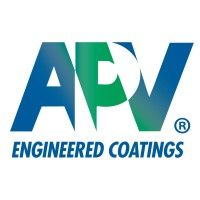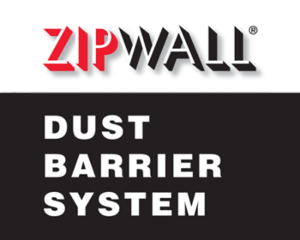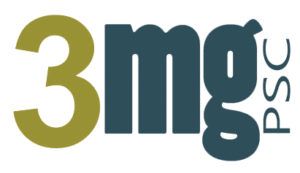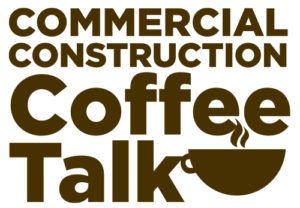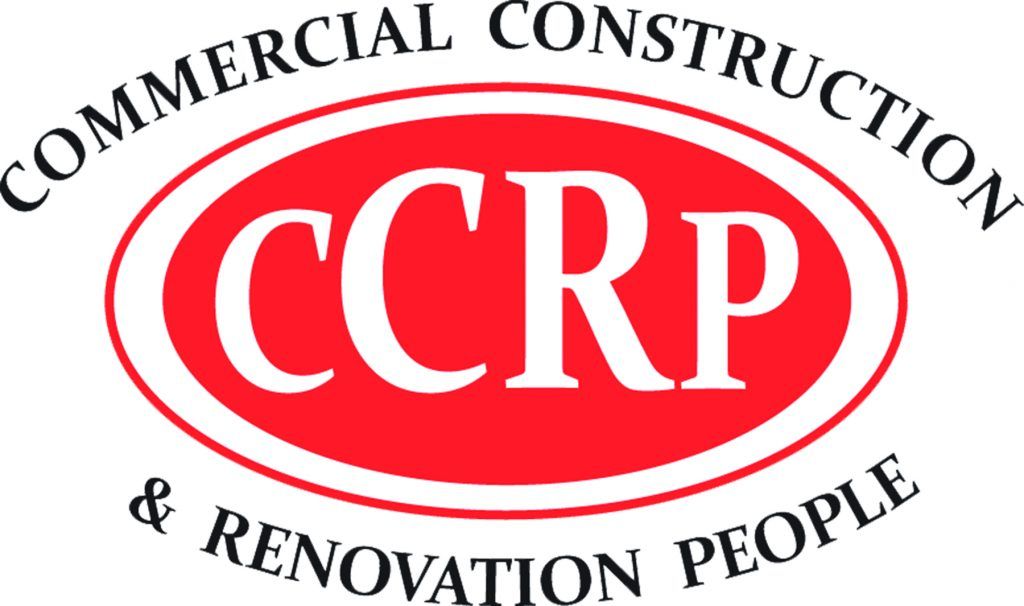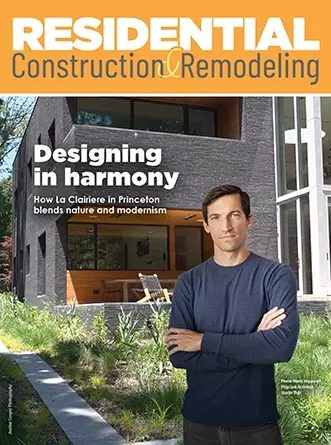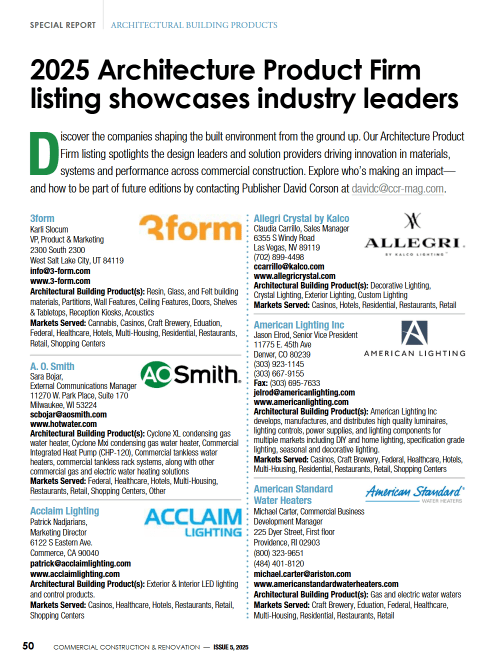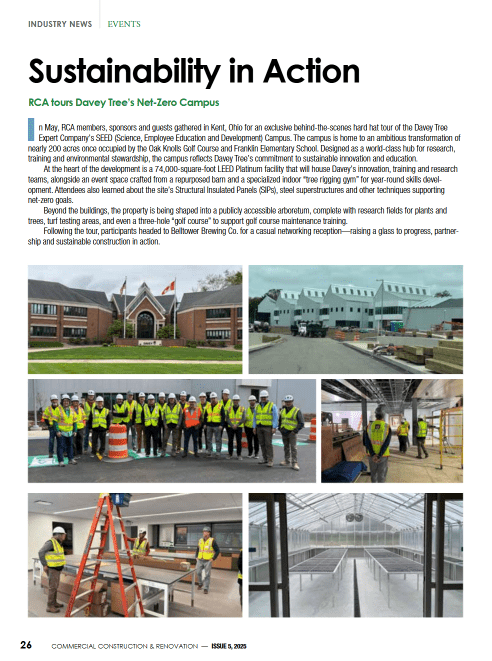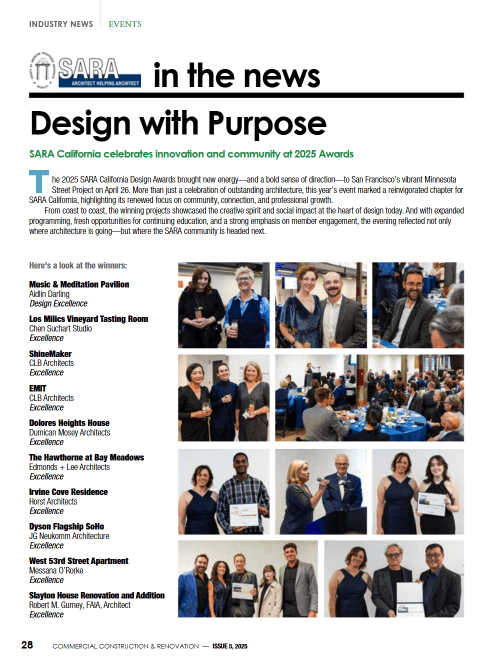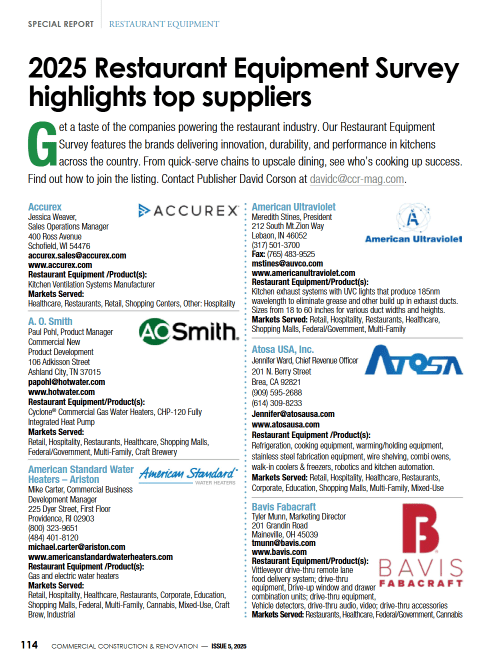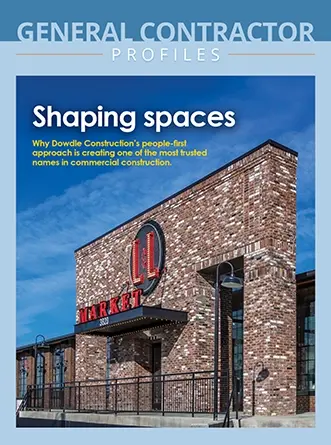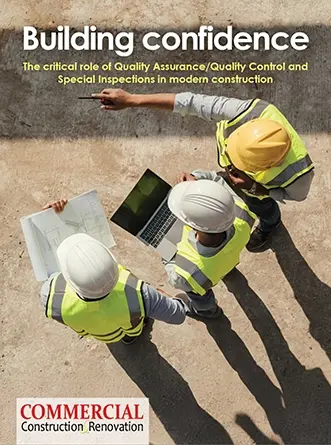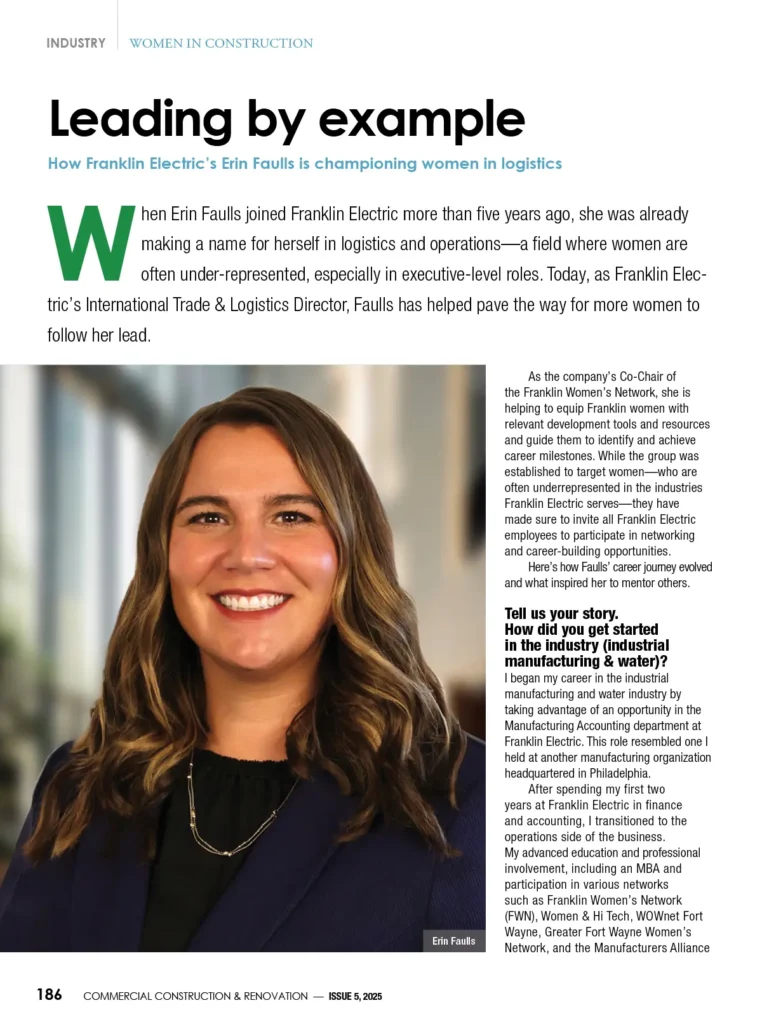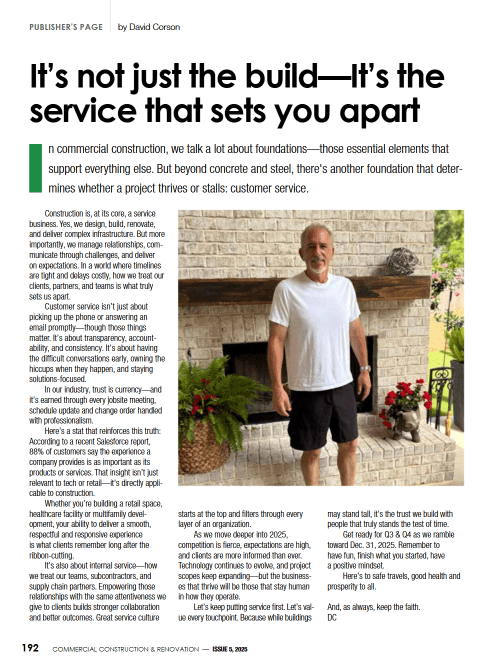
Nowadays there is an upsurge in the development of large-scale residential and commercial schemes. The newly established large-scale architecture necessitates specific fire safety requirements to ensure the safety of the residents.
High-rises unlike like smaller low-rises buildings are subjected to design challenges when it comes to the installation of HVAC systems (heating, ventilation, and air conditioning). Their inherent complexity is predominantly situated in their substantial network of stories.
A rising challenge
As a building increases in height, the outside temperature decreases, concurrently the intrinsic heat in the building rises. This poses a variety of challenges when it comes to accommodating the varying conditions throughout the building, especially at upper floors.
All residential and commercial building units regardless of the variable of height, are subjected to a specific set rule and standards. This legislation often referred to as a ‘building code’ specifies the local health and safety standards for constructed objects.
In all high-rise architecture, smoke ventilation systems are required to be installed as a measure to protect both people and property. The reason for this is that if fire and smoke exacerbate from an erupted fire emission, they tend to spread quickly throughout the building.
A tale of fire and smoke
Ignited combustible surface objects, items, and materials such as furniture will constitute to the development of toxic smoke and fumes. Unlike open air fires where smoke and heat are freely diffused into the atmosphere. However, with fire in buildings, heat and smoke remain confined inside the premises of the architecture.
According to statistics, the inhalation of toxic fumes and smoke causes approximately 60% of all fatalities when a major fire emission occurs. This underlines the absolute necessity to have early stage safe and clear from smoke escape routes and staircases. However, smoke extraction of large properties requires careful planning.
What are the key considerations when designing a system?
The main purpose of a smoke extractor fan is to secure the building during fire emissions by extracting smoke and heat. This creates a height of free air under the layer of smoke which is of major importance when taking into consideration the toxic fumes.
The extraction of hot fumes further aids by limiting the increase of temperatures inside the property while simultaneously creating safety escape routes. Furthermore, this also reduces the risk of damaging the content of the property, which further enables firefighting operations to contain the fire emission.
To summarize the objectives of a smoke extractor fans are:
- To limit the spread of fire.
- To protect the contents of the building.
- To reduce the risk of damage to the property.
- To allow safety personnel like firefighters access the premises.
- To aid in the evacuation of the occupants.
Not all ventilation systems are alike
Smoke ventilation systems are usually placed on the roofs and wall spaces of the property. This sets requirements to space, but also constitute to a problem in itself. In some large cities where space is a highly valuable commodity, developers are reluctant to allocate too much space in order to maximize salable living space. This coupled with higher increase in power consumption puts older high rise ventilation systems at a disadvantage.
Therefore, in order to design the most effective smoke and heat ventilation solution, it is crucial to take into consideration a range of specific factors.
Natural vs mechanical systems
When considering in investing into a new smoke ventilation system, it usually gets down to preference between natural and mechanical systems.
Natural ventilation systems have a benefit of not requiring any power or functionality to work but are enabled to function through physical intervention. Although manual, they are also self-compensating in terms of being more effective when facing increased smoke.
On the other hand, mechanical systems work through the aid of sensors, where the system start to function when detecting smoke. However, mechanical systems are limited to extract smoke at a certain rate, in many cases regardless of the amount of smoke. Yet, they can start functioning automatically when a certain temperature has been reached at set amount of time.
To summarize the benefits and additional inherent features, see below.
Natural ventilation systems:
- Operate silently
- Have no limits in terms of time, smoke, and temperature
- Lightweight installment
- Have a fail-safe operation
Mechanical ventilation systems:
- Have a fixed extract volume
- Require no physical intervention
- Can be noisy and heavy in weight
- Have a standby unit in case of fan failure
- Function automatically through sensors
When acquiring a new extraction system to your commercial or residential property, it is crucial to ensure that the system complies to all the requisite regulations of the specific building code. Said requirements and protocols may vary depending on the type of property, number of floors, geography, intent of use etc.




